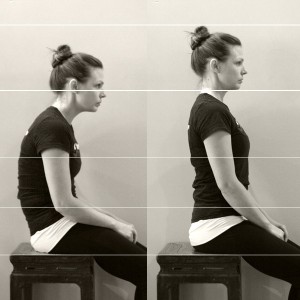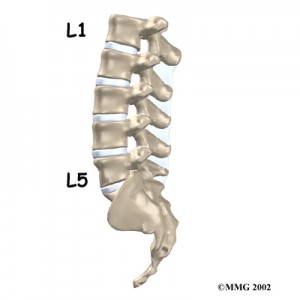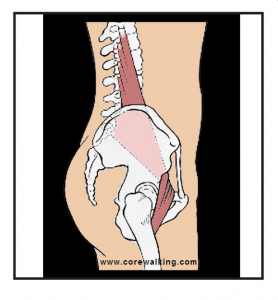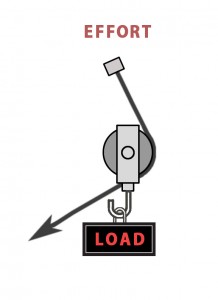 The suboccipital muscles are directly affected by a tucked pelvis.
The suboccipital muscles are directly affected by a tucked pelvis.
This post is a follow-up and something of a rehash of the one earlier in the week— The Rhomboids, a Tucked Pelvis and the Psoas.
In truth, there is a much more literal connection between the psoas and the rhomboids and the relationship that they have connecting the legs and shoulder girdle to the spine, but the sub-occipital muscles are likewise affected by a tucked pelvis.
The psoas works as a pulley system within the body.
One of its essential functions is to provide support to the uplifting spine. It does this when there is a successful arch in the lumbar (lower) spine.
The spine has four curves to successfully transfer weight through the bones from the head to the legs.
If the spine were straight instead of curved, it wouldn’t be able to support the extremely heavy head on top of the shoulders and the pelvis.
The lumbar spine is most responsible for bearing and transferring this weight.
That is why the five bones of the lumbar spine are bigger than the rest of the vertebrae, and though they can flex and extend, they can’t rotate.
Their size, and stability, are designed for carrying the load of the upper body.
The four suboccipital muscles connect the head to the very top of the spine—the first two vertebrae (C1 & C2), the atlas, and the axis—extend, rotate and tilt the head.
But they can only really accomplish these functions if the head sits directly on top of the spine.
When the head is forced forward these muscles are holding on for dear life which is why they very often become full of tension that can lead to profound discomfort.
The effect of the psoas and a tucked pelvis on the support of the head and sub-occipital muscles is one of the easiest things to feel.
Assuming that you are sitting as you read this (and I hate to say it but I am assuming that you are sitting badly, though I hope I am wrong), deepen your groins, sticking the butt out a little, bringing a small arch into the lower back.
This basic action should support the head bringing it slightly back in space without your needing to do anything else.
Now tuck the pelvis rounding the lower back slightly and feel what happens to the head.
If I had to guess it moved forward as the upper back rounded a bit.
A tucked pelvis eliminates the lumbar curve which removes the spinal support for the head forcing it forward into space.
Sitting standing and walking correctly are essential to having a head situated happily in space, and having sub occipital muscles that can work according to their design.
Developing support for your head by properly aligning a tucked pelvis and activating the pulley system of the psoas can have far reaching effects and benefits that can include alleviating sinus problems, headaches and chronic neck and shoulder strain.



